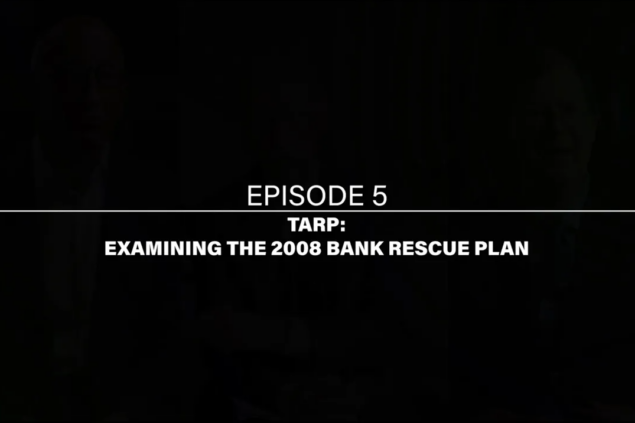Stressing Banks and the Economy
Wayne A. Abernathy

In about six months, the term of the Federal Reserve Board’s Vice Chairman for Supervision is scheduled to expire. Vice Chairman Randal Quarles is the first to hold the office, invented by the Dodd-Frank Act. Quarles’ record offers us actual experience by which to examine how well this innovation has worked.
One sign of success is that his service gave Congress a point person on the Board formally and readily accountable for the Fed’s supervisory activities. For much of its supervisory history, the Fed and its governors tended to delegate bank supervision to its expert staff while Board members tended monetary policy. The other purpose of the law—to guarantee that supervision policy is guided from the highest levels of the Fed—also seems to have succeeded. Quarles has been the supervisory mouthpiece, and he has been diligently occupied in leading management and refinement of financial regulatory policy.
The value of the Fed’s supervisory policies merits analysis from those who have had to live under them. That includes not just the banks, but those whom banks are chartered to serve. Evaluation of stress testing policy is as good a place as any (and better than most) to begin. Quarles helped by giving a multidimensional address on “The Role of Stress Testing” in February.
Stress testing significant systems, like banking, is a good idea. Best to identify potential weaknesses before reality reveals them. But because stress testing is heavily model-dependent, it can go painfully wrong when hypothetical models used for the testing are treated as if they were reality and then imposed on reality with very real consequences. Over more than a decade, regulators and bankers have learned much about the value and defects of stress testing, engaging in a refinement exercise that continues.
Questions about the Fed’s stress testing program might include, to what extent do the Fed’s models test for the real world problems of the Fed’s monetary policy? The prolonged suppression of interest rates leaves little room for rates to reflect risk. Do these policies invite financial risk by underpricing it? Do the models measure for such Fed-stimulated hazards? Others may come to mind.
In his speech, the Vice Chairman points out that the Fed used its stress testing muscles to deal with the immediate term, unexpected, and very real financial consequences of the 2020 lockdown. The banking industry responded remarkably well to the shocks, certainly from the perspective of bank solvency and liquidity. How did banking industry performance compare with the overall economy?
Fortunately, the federal and state governments’ artificial shrinking of the economy did not produce a bank collapse. The story could be described as banks serving as towers of strength and confidence among fields of turmoil. Gratefully, and importantly, there was no financial panic. To what extent did Federal Reserve policies, however, limit what banks were allowed to do to help? With Fed-suppressed interest rates and promises to continue the suppression, how could banks lend to any but the safest borrowers? Not all seeking finance were able to qualify for a government guarantee. Admittedly, these were monetary not supervisory policies. How much does the Vice Chairman for Supervision influence such policies?
The case can be made that ten years ago contractionary bank supervision undermined Federal Reserve financial stimulus efforts. How much are monetary policies hampering the ability of banks to build the economy today? Is that a question adequately considered in the Fed’s stress testing regime? Vice Chairman for Supervision Quarles may yet have time to see that it is.
Related Links:
- “My Perspective on Bank Regulation and Supervision”
- “The Federal Reserve’s New Framework and Outcome-Based Forward Guidance”
- “Monetary Policy is Pushing Americans, Kicking and Screaming, Up the Risk Curve”
- “The Importance of Moving to the Stress Capital Buffer”

Author
Former Assistant Secretary for Financial Institutions
U.S. Department of the Treasury
Topic
Financial Services & Corporate Governance
Sponsor
Federalist Society’s Financial Services & E-Commerce Practice Group
The Federalist Society and Regulatory Transparency Project take no position on particular legal or public policy matters. All expressions of opinion are those of the author(s). To join the debate, please email us at [email protected].




